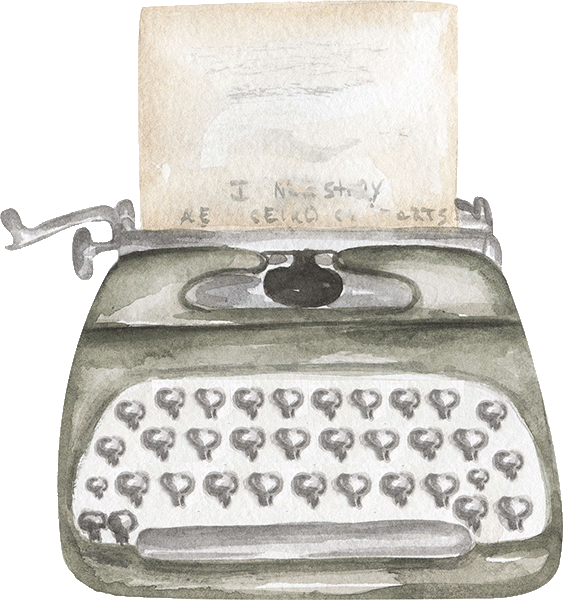

What should a subplot do?

- It should connect to the main plot. A subplot that has nothing to do with the main plot is meaningless and will only serve to make you lose readers. If you’re running off on rabbits trails, your reader is setting the book down.

- It should move the story forward. As every chapter, every paragraph, every sentence, every word in your book should! 🙂

- It should keep your reader interested, not only in the subplot, but in the main plot as well. Otherwise, your reader is going to put the book down … or write an unfavorable review … or both. 😉
- It should be resolved. If your book is a first in a series, an unresolved subplot may be all right, though.
A few Do’s and Don’ts

Do create subplots that involve secondary characters. Don’t create subplots that involve characters that have nothing to do with the main character.
Do use characters, settings, and events that overlap. Don’t use characters, settings, and events completely unrelated to the main plot’s characters, settings, and events.
Do use the subplot to create anticipation and foreshadowing. Don’t pull the reader away from the main plot for too long.
Do make subplots interesting, creative, and three-dimensional. Don’t make subplots too complicated so that your readers will get lost in them.
Remember, the plot that really matters is the main plot. Remember that, though subplots can be very useful device’s for an author, they are also, after all, only subplots.
I used to put way to many subplots into my novels (and still do sometimes).
One example is a novel I wrote several years ago, The Heirs of the Trunk. I was recently going over it, and I realized that the main plot had become completely buried in subplot after subplot after subplot! It wasn’t a very good plot to begin with … but it was completely ruined by the many rabbit trails I surrounded it with.
Oftentimes a subplot should be made into its own novel … not included in another, suffocating both that plot and the one it’s trying support.
To sum up, subplots can be a blessing or a curse, depending on how you use them. So use them correctly! 😀
Until next time,
~Kellyn Roth, Infamous Subplotting Author


7 Responses
I think I just have two plots that go together like two-ply yarn, know what I mean? Not a plot and sub-plot, because they’re both strong but one doesn’t override the other. (do they? 🙂
In which book?
Ooh, nice post! I like the layout with all the pictures and everything, and it flowed together really well, not to mention all of the great advice in there. 🙂
Thank you. 🙂
You’re very welcome.